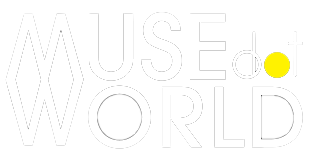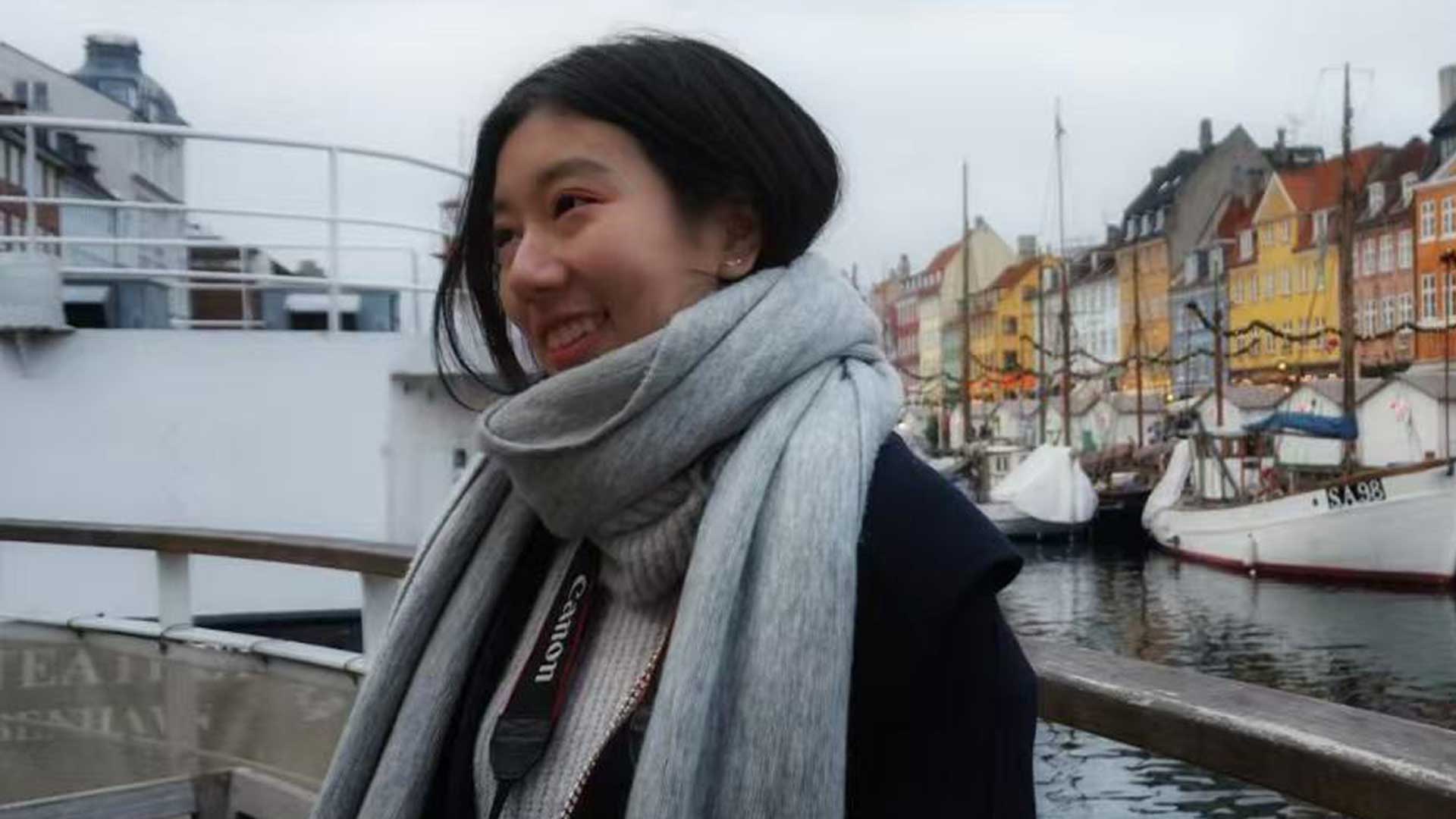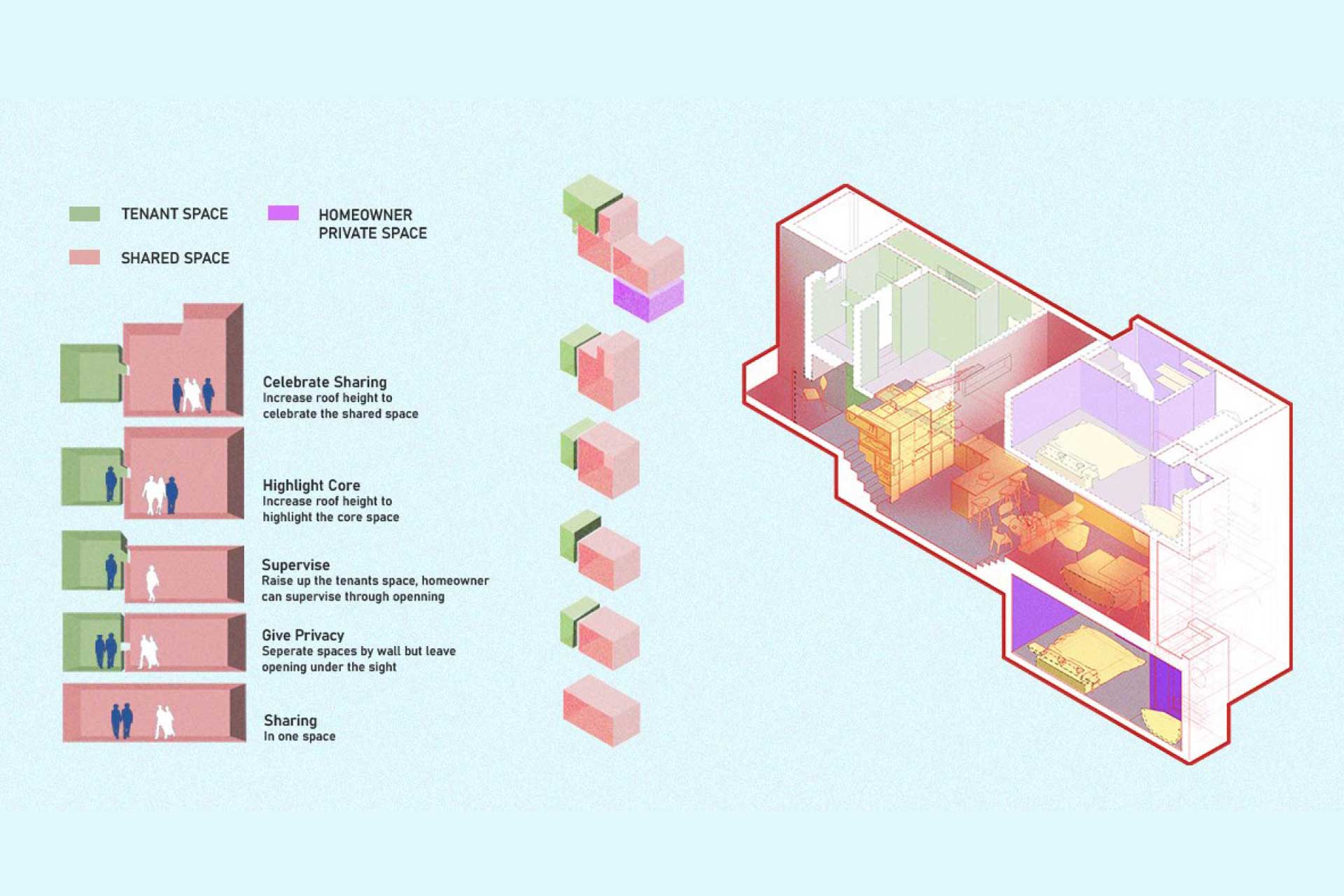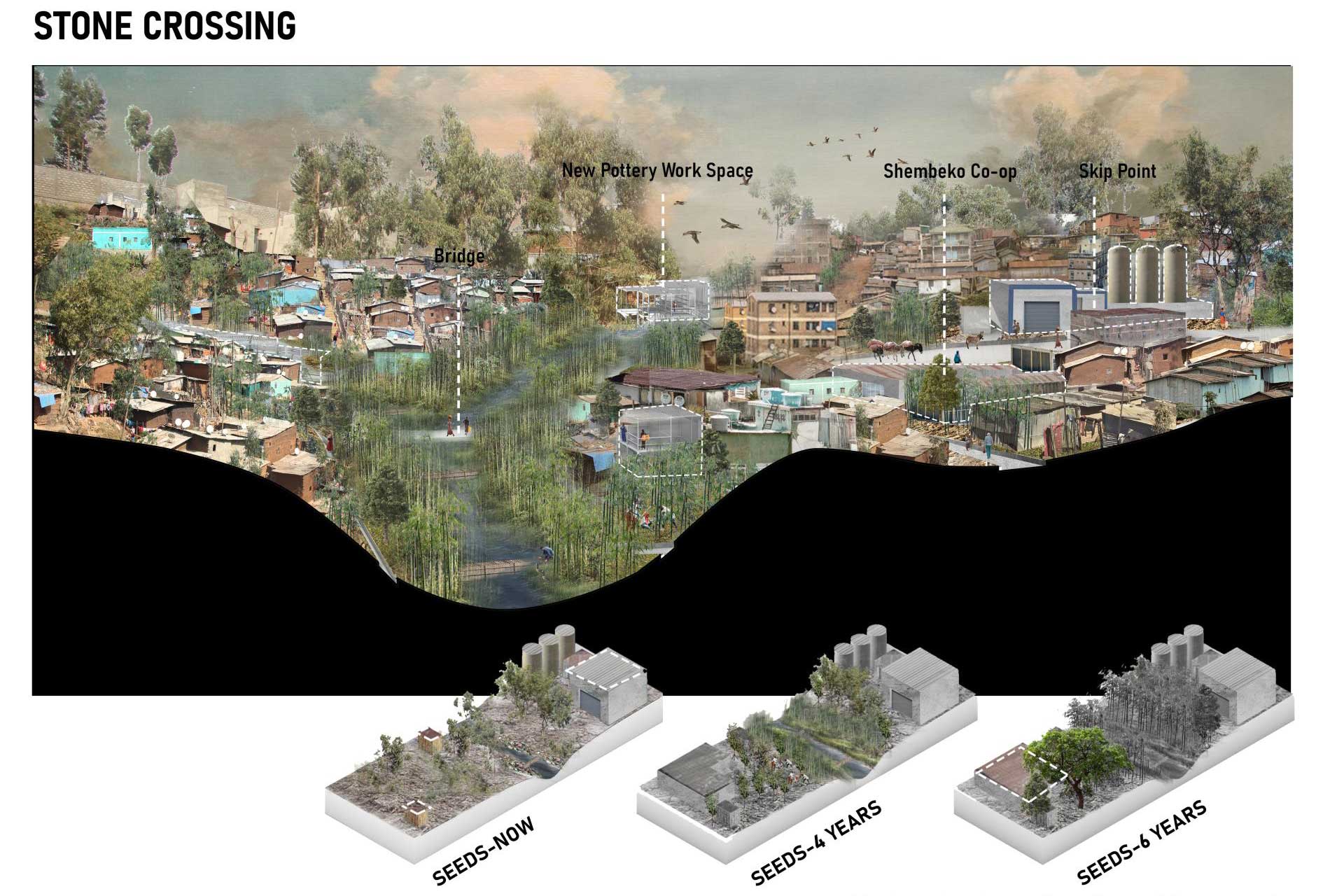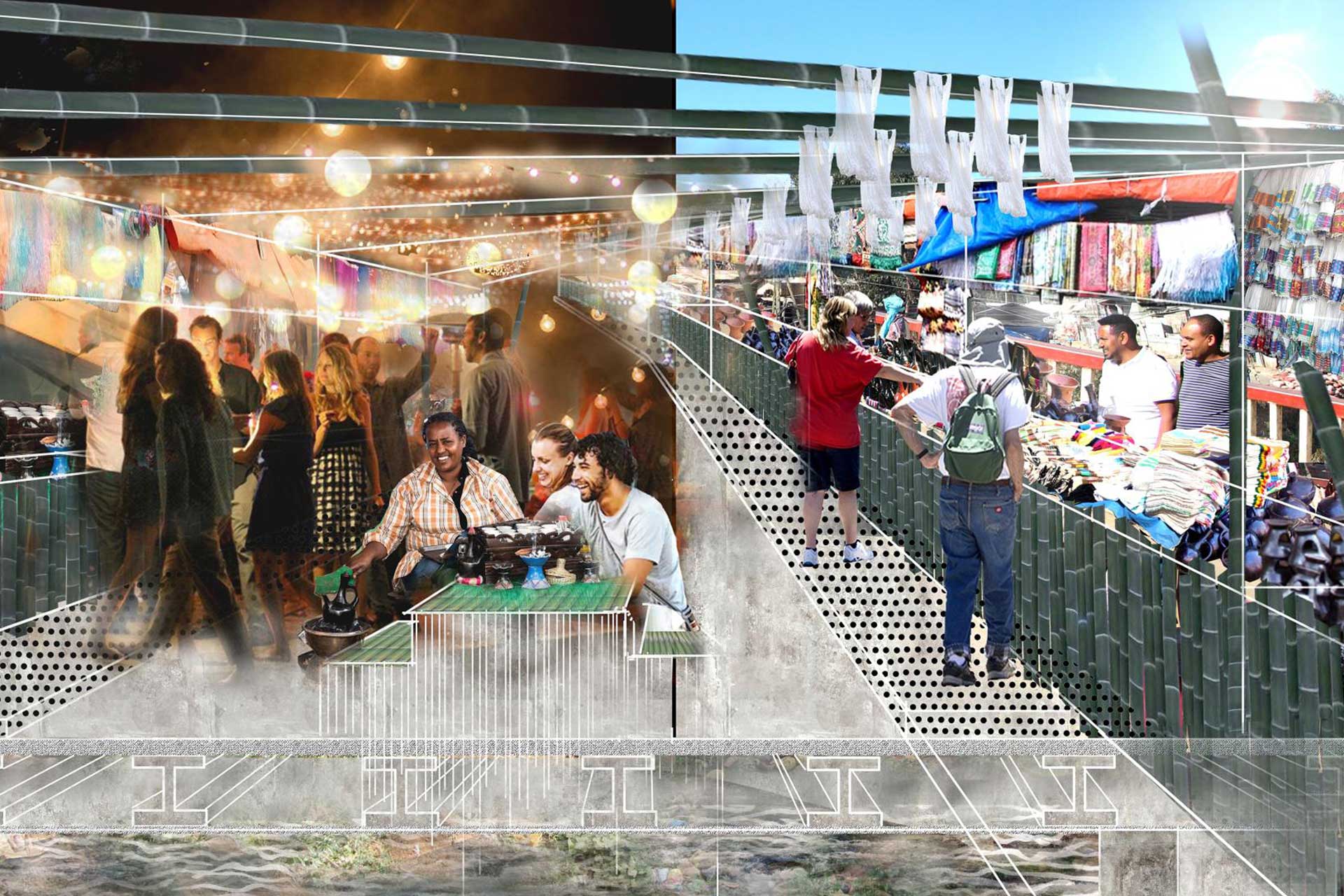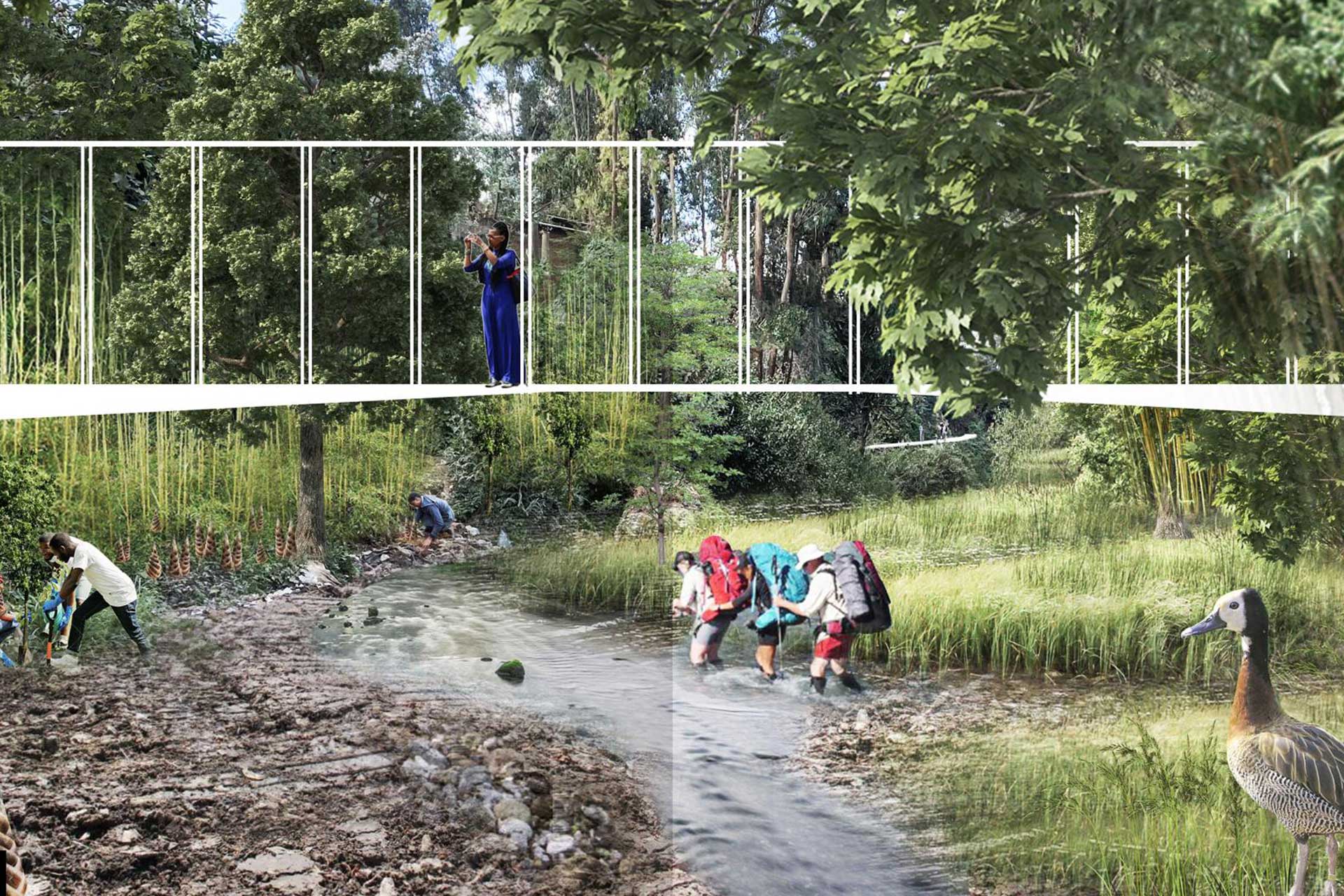Fusing Sustainability with Modern Design, Zhen Hua Transforms Urban Spaces

Wenxin Li Leads DrayEasy’s Drayage Platform to New Heights in the Logistics Industry
April 15, 2025
Meicheng Chi’s Evolution from Drawing Walls to Designing Fashion
April 15, 2025Zhen Hua
Zhen Hua is an architectural designer with five years of experience, blending creativity, sustainability, and innovation in every project. She is passionate about exploring new technologies and design solutions that enhance the built environment and address societal challenges.
I am an architectural designer with five years of professional experience, approaching each project with a focus on creativity, sustainability, and innovation. I am passionate about exploring new technologies and design solutions that not only enhance the built environment but also address societal challenges.
By combining my skills with a sense of responsibility, I aim to create spaces that inspire positive change and foster a better future.
Being recognized in the MUSE Design Awards is an incredible honor that validates the work, creativity, and dedication put into the project. It’s not just a personal achievement but a reflection of the impact thoughtful design can have on the world.
This recognition motivates me to continue pushing the boundaries of innovation and to explore how architecture can solve real-world problems, inspire communities, and positively influence our environment.
It has reinforced my commitment to creating meaningful and innovative designs. This recognition has boosted my confidence and provided a valuable platform to showcase my work to a broader audience. It has also inspired those around me, encouraging us to continue striving for excellence and pushing the boundaries of what’s possible.
I’m excited to see where this achievement will lead and the new opportunities it will bring for collaboration, growth, and making an even greater impact in the future.
Experimentation is at the heart of my creative process. It allows me to challenge conventional norms and explore innovative ways to approach design problems. By testing new materials, technologies, and methodologies, I uncover solutions that break new ground and provide fresh perspectives.
For example, in a recent project, I explored the use of adaptive building skins—dynamic façades that respond to environmental changes like temperature, sunlight, and wind. Through this experimentation, I created a design that not only enhances energy efficiency but also transforms the building’s appearance throughout the day.
This process of blending technology, sustainability, and aesthetics pushed the project beyond traditional design approaches, offering a more responsive and sustainable solution. It’s this experimental mindset that enables me to continuously evolve and refine my work, always seeking ways to improve and innovate.
One of the most unusual sources of inspiration I've drawn from came from something typically overlooked: scaffolding netting. It serves a temporary purpose during construction, yet it has a unique quality that caught my attention. The netting is incredibly light, and when it interacts with the wind, it creates a dynamic, flowing effect that I found both beautiful and captivating.
While it's not usually considered a permanent building material, its fluidity and the way it moves in the wind inspired me to think about how architecture can incorporate elements of movement and transformation. The beauty of flow became central to my design, leading me to explore ways to capture this transient beauty and apply it to more permanent structures.
The idea was to create a design that, like scaffolding netting—environmentally friendly and economically efficient—could also evoke a sense of movement, lightness, and vitality, even in solid forms.
One thing I wish more people understood about the design process is that it’s not just about aesthetics or creating something that looks good—it’s about problem-solving and thinking holistically.
Every design decision, from the materials used to the way space is organized, is made with careful consideration of its functionality, environmental impact, and the ways it enhances the lives of those who interact with it
It requires open communication, understanding, and flexibility. It's important to first fully understand the client's vision, needs, and goals, while also identifying the values and principles that guide my own design philosophy. By actively listening to the client and building a collaborative relationship, I can ensure that their objectives are met while maintaining the integrity of my design concepts.
It’s a delicate balance of compromise and creativity, where collaboration plays a key role in achieving a successful outcome.
The challenges I faced were primarily centered around pushing the boundaries of traditional materials and construction methods. Additionally, integrating cutting-edge technologies and sustainable solutions while ensuring the design was both practical and cost-effective required extensive experimentation and fine-tuning.
To overcome these challenges, iteration was key—adjusting and refining ideas, testing new approaches, and staying open to new possibilities helped bring the design to life in a way that felt both innovative and achievable.
I infuse several personal values and experiences into my designs, with a strong focus on sustainability, functionality, and human connection.
Sustainability is a core value for me. Growing up, I became highly aware of the environmental impact of construction and design, so I always strive to use materials and methods that minimize waste and energy consumption. This drives my interest in innovative, eco-friendly solutions—whether through the use of renewable materials, energy-efficient technologies, or designing adaptable spaces that can evolve with changing needs.
Functionality is also key. I believe that spaces should not only be beautiful but also intuitive, comfortable, and responsive to the needs of the people who inhabit them.
Lastly, my travels and exposure to different cultures have deeply influenced my design philosophy. I believe in celebrating diversity and drawing inspiration from a wide range of architectural traditions and artistic expressions. This allows me to create designs that are not only functional and sustainable but also culturally meaningful and aesthetically rich.
By combining these personal values and experiences, I aim to create designs that are thoughtful, responsible, and connected to both the people who use them and the world around them.
Collaborating with Mies van der Rohe would be an incredible opportunity to explore the intersection of simplicity and innovation. I would be fascinated to see how his timeless principles could be reinterpreted in the context of today's design challenges.
It would be a chance to learn from a master in creating powerful, lasting spaces that have had a profound influence on how we experience the world around us.
For me, design is a tool to address and solve social issues. Architecture isn’t just about creating visually appealing spaces—it’s about improving lives and contributing to communities. Whether it’s designing accessible public spaces, creating environments that foster collaboration, or considering how a building can contribute to the well-being of its surroundings, I approach each project with the mindset of making a positive impact.
The challenge lies in finding innovative ways to use design to solve these complex problems, ensuring that the solutions are not only functional but also meaningful and long-lasting. Ultimately, I aim to create spaces that bring people together, support their needs, and contribute to a better, more connected society.
Zhen Hua
Zhen Hua is an architectural designer with five years of experience, blending creativity, sustainability, and innovation in every project. She is passionate about exploring new technologies and design solutions that enhance the built environment and address societal challenges.
Explore the journey of Wenxin Li, the Gold Winner of the 2025 MUSE Design Awards. She is a Product Designer at DrayEasy, leading the design of a B2B SaaS platform for U.S. intermodal transportation. By optimizing key features like quote searching and booking, she drove a 100% increase in order value and a major boost in search rates within three months of launch.
